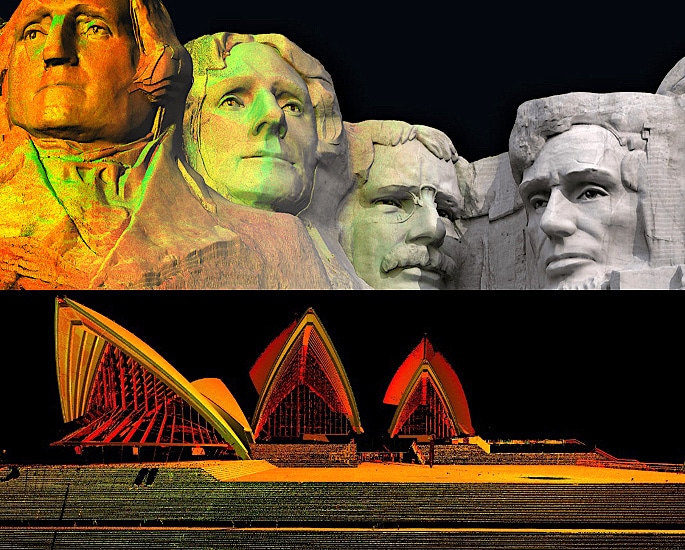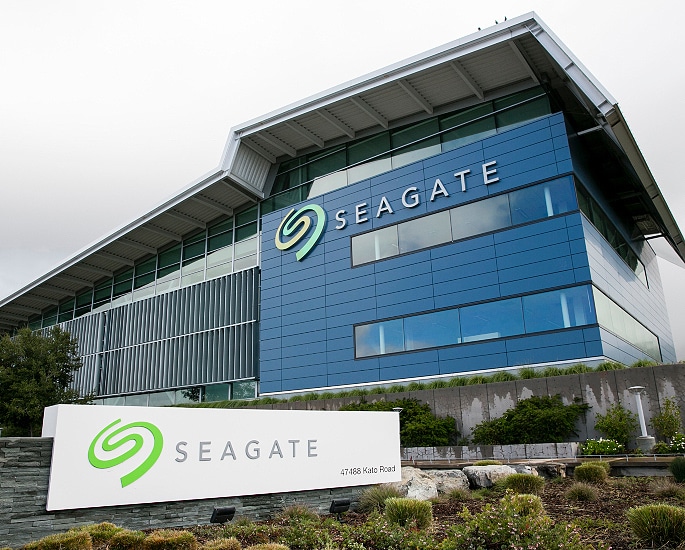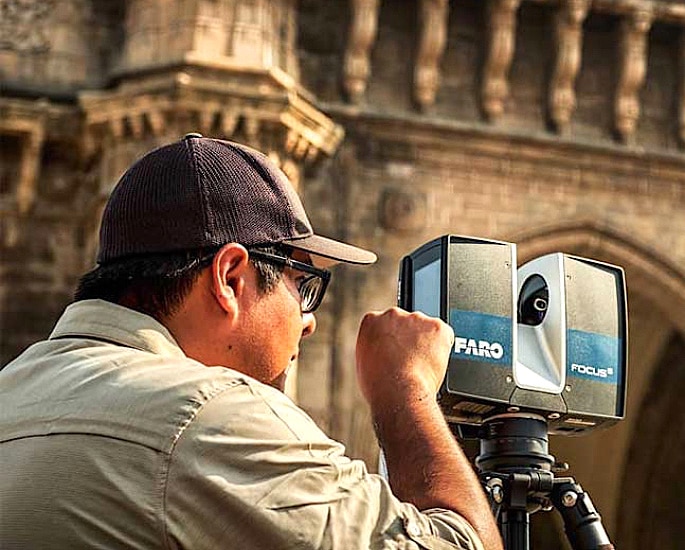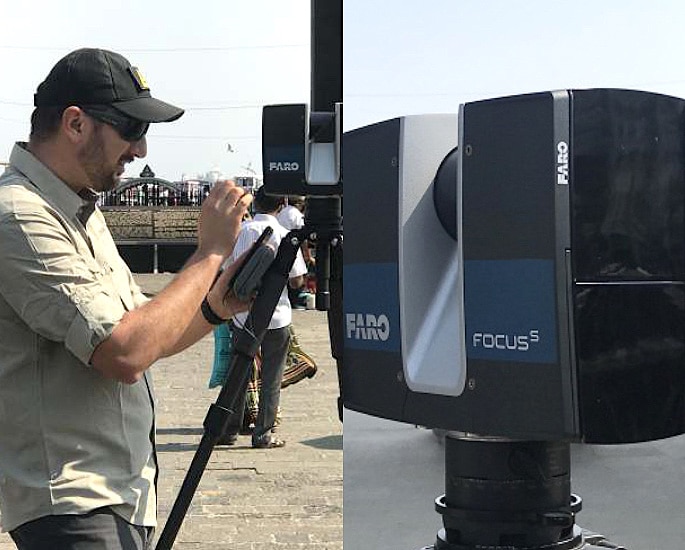"The proposed project is truly beneficial"
CyArk, a non-profit organisation from the USA have been imaging, assessing and shooting the Gateway of India, an iconic structure in Mumbai with the intention of creating a digital representation.
Their aim is to digitally preserve the cultural heritage and archeological information about the Gateway of India.
CyArk has previously had the opportunity to digitally preserve heritage monuments. These include Cambodia’s Angkor Wat spiritual complex and the Mount Rushmore sculpture in the USA.
Earlier on Thursday, February 21, 2019, the team from CyArk invited the journalistic community to the Gateway. This was to update them of the work they had done.
Speaking on the project, Field Director Christopher Dang, told Hindustan Times:
“The field work takes around five days to complete — that includes laser scanning, normal and aerial photography.”
“Since this particular monument has a huge footfall every day and extremely curious visitors, these five days are full of challenges.”

The CyArk team plan to take an accurate picture of the Gateway. This is to create a 3D digital model which would help reinvent the monument if the situation ever arises.
Following this expedition, perhaps digitally, the Gateway of India could be explored by students, tourists and heritage site lovers.
Additionally, their work will assist the state government to understand what is happening inside and underneath all the basalt rock.

As a fact, the Gateway is facing erosion due to the salt water that continually hits at it.
CyArk representatives have been working day and night to take images of the structure, along with capturing any erosion signs.
Ever since the start of this global initiative in 2003, CyArk has collected digital accounts for more than 200 heritage places across 40 different countries.

Besides Angkor Wat and Mount Rushmore, the organisation has carried out similar work at the Sydney Opera House (Australia), Tower of London (UK) and The Washington Monument (USA).
CyArk normally identifies needs with sources like UNESCO and people who take care of such heritage sites.
Partnering with data storage company Seagate Technology, the CyArk team have been working closely with the Directorate of Archeology and Museums in the state of Maharastra.

Tejas Garge of the Directorate issued a statement on the project reading:
“The proposed project is truly beneficial for creating an easily accessible digital database of the monument, ensuring its enhanced protection and the formulation of comprehensive conservation policies.”
For digital preservation, CyArk employs a three-point approach to gather the data. To highlight every possible corner, photogrammetry, LiDar scans and drones are used.

Dang reveals their scans will result in around 0.75 TB of data, along with up to 5,00o images and more than 100 laser scans.
Seagate comes into play here, as their drives will store all the images and data captured by CyArk.
The Gateway of India location is sensitive, with it being so close to the Navy dockyard and the Taj Hotel.

Hence local authorities check all the data captured by the onsite team comprising of Christopher and Field Capture Specialist Avidan Fernandez.
They also have to take permission from the police for using any drones.
The drones provider for the project is Quidich Innovation Labs. Faro Focus is the supplier for the laser scanner.

The state archaeology department will use the virtual blueprint to compare changes in the structures’ exterior.
It will also allow them to assess how saltwater penetration is harming the monument. The information that CyArk provides can also help to promote virtual tourism in Inda.
Elsewhere in India, CyArk has also had the chance to digitally preserve the renowned Rani Ki Vav in Patan, Gujarat. They also plan to digitally preserve the Mysore Palace in the state of Karnataka.






























































